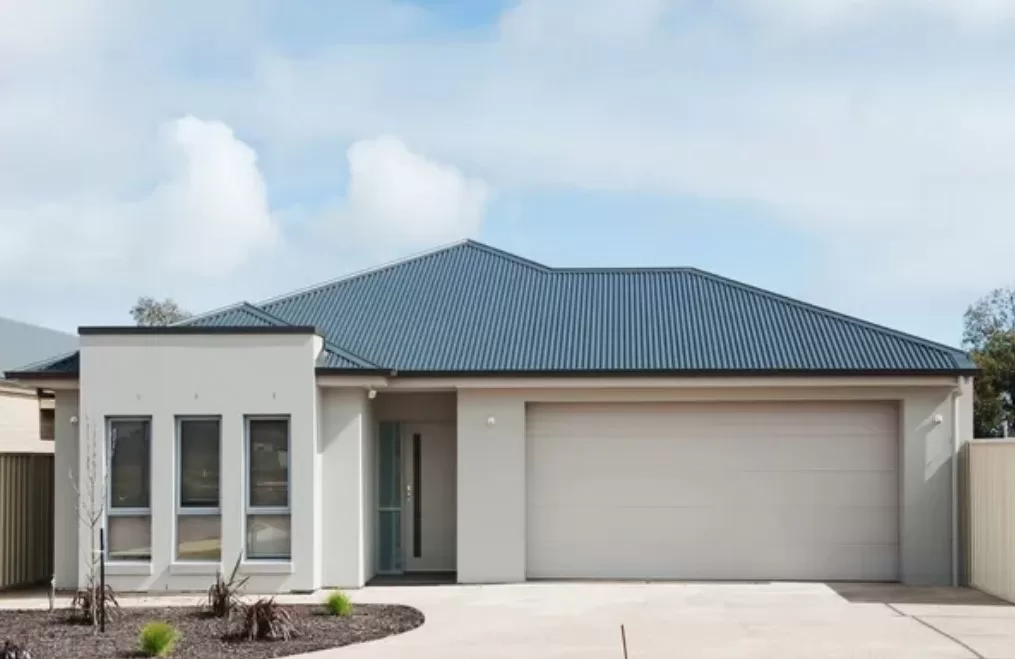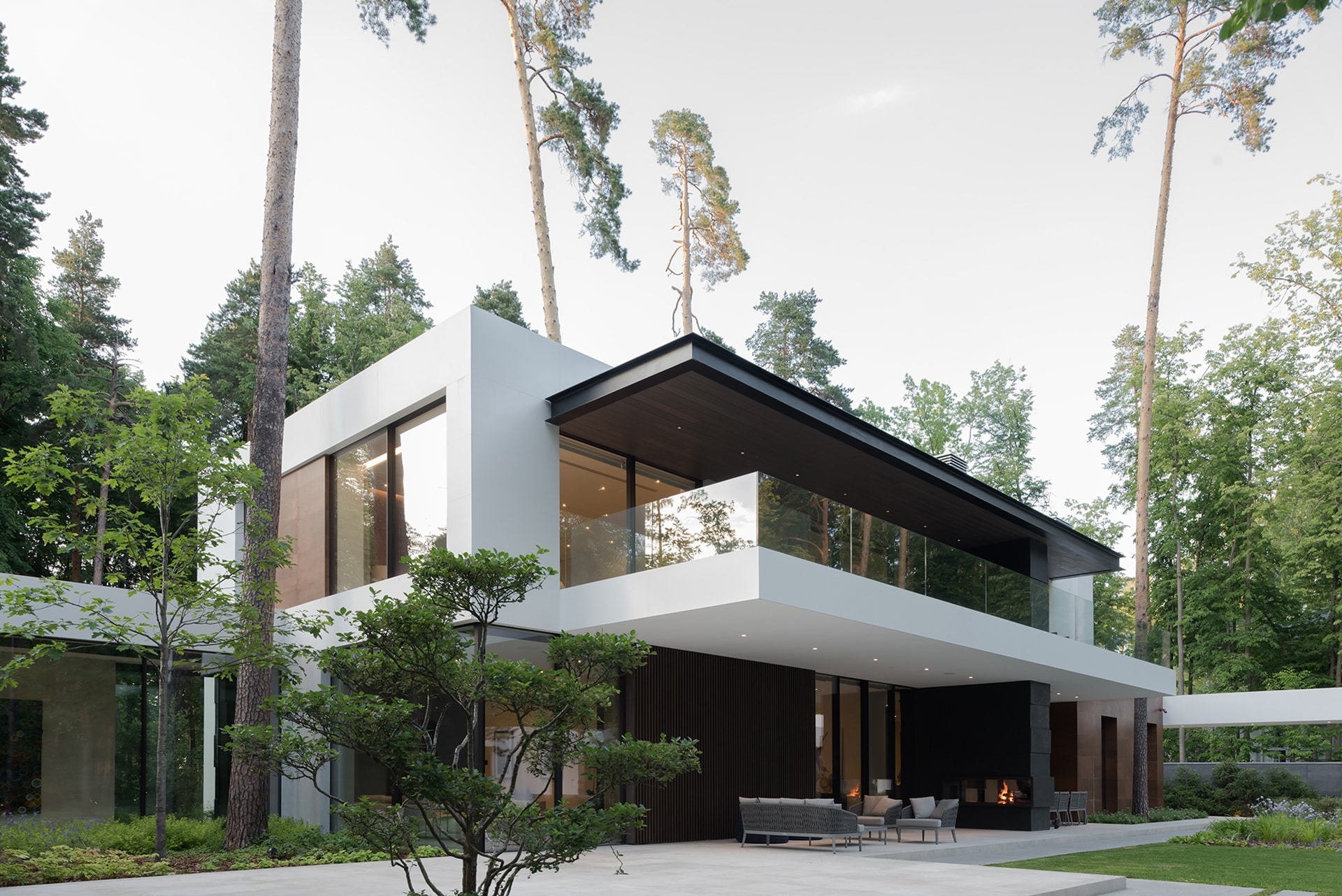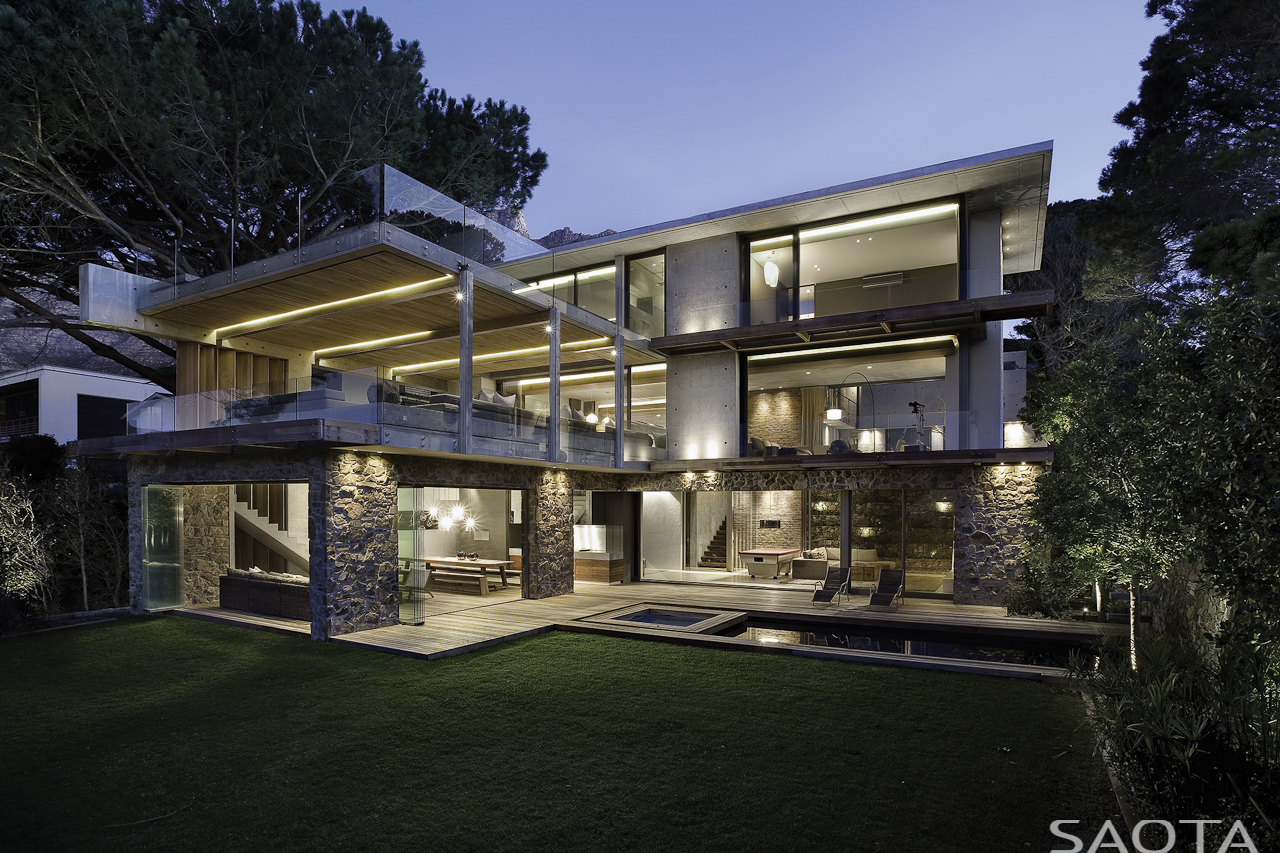In the dynamic realm of contemporary architecture and design, the pursuit of convenience is a cornerstone in shaping our residential experiences. Integrating architectural access doors is essential for architects and designers to build streamlined and efficient apartments.
These understated elements not only elevate the aesthetic appeal of interiors but also fulfill a useful role by discreetly concealing plumbing and electrical infrastructure. In this blog post, we’ll delve into the significance of architectural access doors, examining their pivotal role in achieving a harmonious synthesis of form and function within the context of apartment living.
Understanding Architectural Access Doors
Architectural access doors, commonly underestimated in the broader design context, serve as inconspicuous openings designed for effortless entry into concealed spaces within walls or ceilings. These doors conceal vital components such as plumbing pipes, electrical wiring, and HVAC systems. Their principal purpose lies in streamlining maintenance and repair processes without undermining the overall visual appeal of the living space.
Streamlining Aesthetics
Integrating architectural access doors becomes a strategic choice for architects and designers keen on creating visually appealing interiors. These doors seamlessly blend into the surrounding walls, maintaining a cohesive and discreet appearance. Professionals can balance functionality and aesthetics harmoniously by choosing access doors that complement the overall design theme.
Enhancing Efficiency in Maintenance
One of the standout advantages of architectural access doors like the BNP architectural access doors lies in their ability to simplify maintenance tasks. In a world where time is of the essence, quick and easy access to concealed utilities is invaluable. These doors allow maintenance personnel to swiftly address plumbing leaks or electrical malfunctions without requiring extensive wall demolition. The result is a more efficient and cost-effective approach to upkeep, minimizing disruption to the occupants’ daily lives.
Maximizing Space Utilization
In the realm of apartment living, every square inch matters. Architectural access doors contribute to space optimization by allowing utilities to be tucked away behind walls, freeing up valuable floor space. This optimization is particularly crucial in smaller apartments where efficient use of space is paramount. By embracing access doors, architects can create more open and uncluttered environments, enhancing the overall living experience.
Promoting Safety and Accessibility
Beyond their aesthetic and functional contributions, architectural access doors play a role in ensuring the safety and accessibility of living spaces. Concealed wirings and plumbing, when left exposed, pose potential hazards. Access doors act as protective barriers, preventing accidental contact with electrical components and minimizing the risk of water damage from leaking pipes. Additionally, their presence ensures that essential utilities remain easily accessible for maintenance, promoting a safer living environment.
Challenges Faced by Architects and Designers in Integrating Access Doors
While architectural access doors offer many benefits, their seamless integration into design plans presents challenges for architects and designers. Recognizing these challenges is crucial to ensure that the incorporation of access doors aligns with the overall vision of creating efficient and aesthetically pleasing living spaces.
-
Material Selection
The choice of access door materials can impact their functionality and appearance. Architects must consider factors such as durability, fire resistance, and acoustic properties. Selecting materials that align with the design theme while meeting safety and performance standards requires careful balancing.
-
Space Constraints
Finding suitable locations for access doors without compromising the overall layout can be challenging in smaller apartments or spaces with limited wall real estate. Architects must optimize the placement of these doors to maximize functionality without sacrificing valuable space.
-
Client Preferences
Meeting the expectations and preferences of clients can present a challenge, especially when clients prioritize aesthetics over functionality or vice versa. Striking a balance between the practicality of access doors and the client’s design preferences requires effective communication and collaboration.
-
Regulatory Compliance
Adhering to building codes and regulations poses another challenge for architects. Ensuring that access doors meet safety standards and accessibility requirements can be complex, especially when dealing with diverse regulations across different regions.
-
Cost Considerations
Balancing the desire for high-quality access doors with budget constraints is an ever-present challenge. Architects need to find cost-effective solutions without compromising the durability and functionality of the access doors.
-
Construction Coordination
Coordinating with construction teams to ensure the seamless installation of access doors during the building process can be challenging. Miscommunications or deviations from the design plan during construction can impact the effectiveness and aesthetics of the access doors.
Conclusion
As architects and designers continue to shape the future of residential spaces, integrating architectural access doors emerges as a key consideration. These unassuming features, designed to conceal and reveal, unlock a world of convenience for occupants and maintenance professionals.
From streamlining aesthetics to enhancing efficiency in maintenance, access doors prove that simplicity can be a powerful tool in pursuing optimal living spaces. Cheers to unlocking convenience through thoughtful design!










